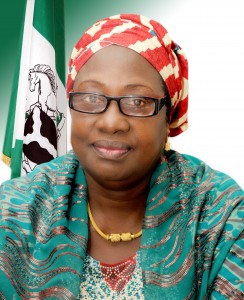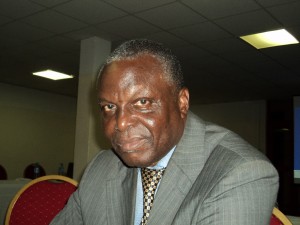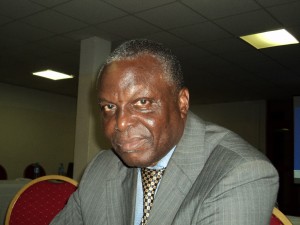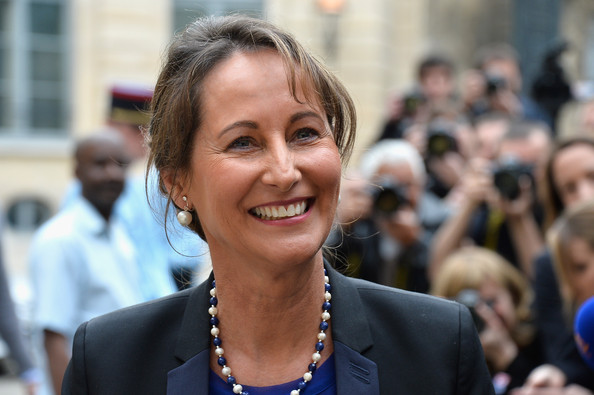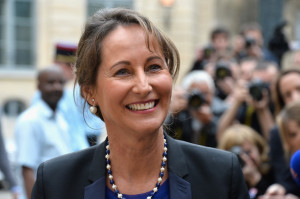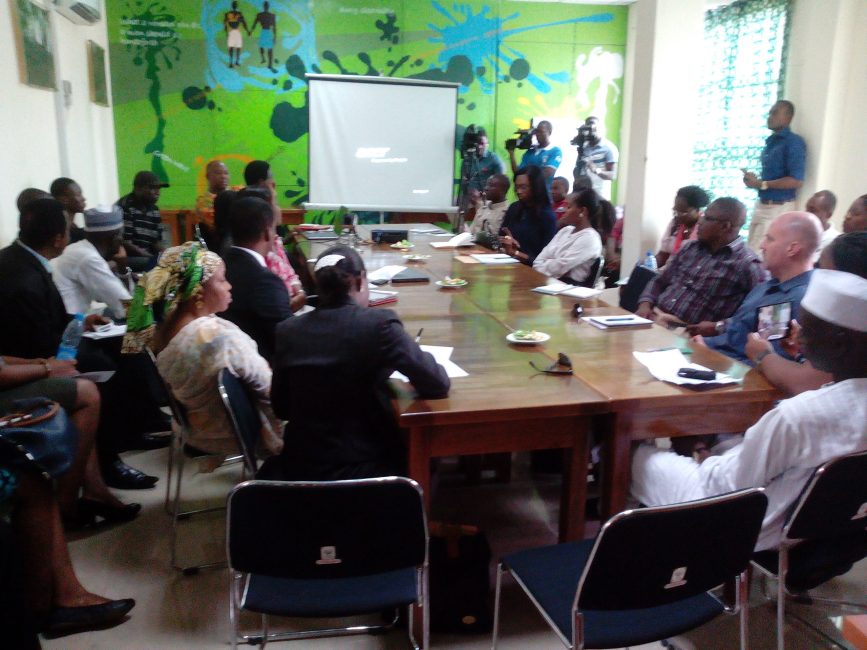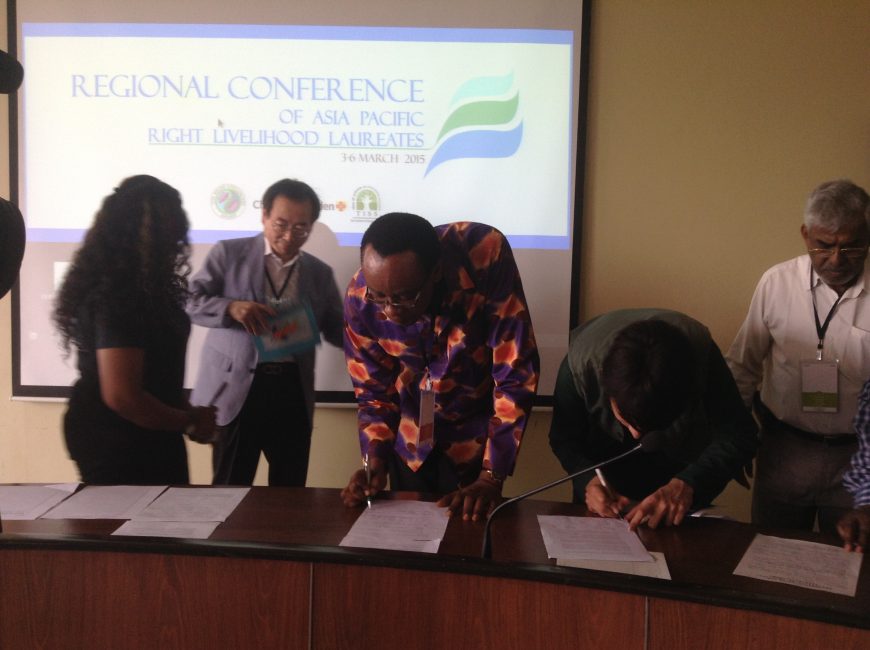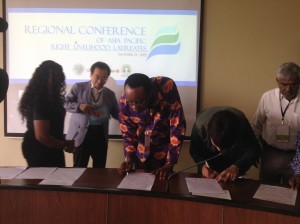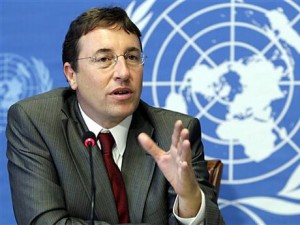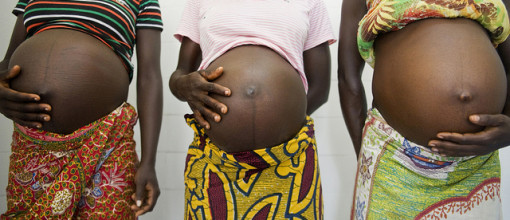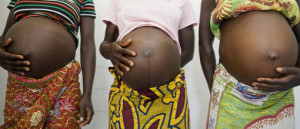As speakers and participants gather at Chatham House in central London for a two-day conference entitled ‘Extractive Industries in Africa’, individuals, organisations and coalitions from across Africa and beyond have signed an open letter challenging the conference organisers and attendees. The letter asks that delegates consider an alternative set of questions and discussion points which, rather than paying ‘mere lip service’ to sustainability and international protocols, addresses the climate, social and ecological crises that the extractives industries are implicated in and consider a genuine transition away from fossil fuels. The letter will be delivered by hand by Nnimmo Bassey, a lifelong activist challenging big oil in the Niger Delta, Director of Health of Mother Earth Foundation, Nigeria, and former Head of Friends of the Earth International.
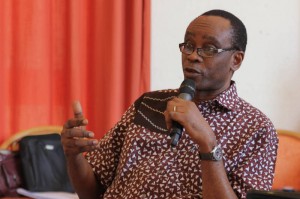
We, members of African civil society and our non-African allies, write to you to express our deep concerns regarding the conference on Extractive Industries in Africa taking place today in London.
At this event, which claims to critically consider the current and future role of extractive industries in Africa, we note with concern that mining corporations, government agencies, academics and large NGOs from the Global North are well represented. But where are the voices of affected African communities and civil society in this discussion?
With the exception of one civil society person from Kenya, members of African civil society and/or communities are entirely absent from your speakers list. The participation of African community members is effectively prevented by locating this conference outside of Africa and charging prohibitively expensive fees for attendance (£580 being the cheapest fee for non-member NGOs). It can only be hoped that this is not another Berlin Conference aimed this time at carving up the continent’s resources.
Local communities are most affected by extractive industries in Africa, which routinely disrupt and destroy their livelihoods, health, ecosystems and cultural coherence. To exclude their voices strips this event of all legitimacy.
At this time of multiple social and ecological crises, your conference asks the wrong questions and will only provide answers that miss the mark and risk worsening the social and environmental injustices perpetrated by the extractive industries and their allies in Africa.
Mere lip service is paid to sustainability and inclusivity, and to international protocols to reduce continued global reliance on fossil fuels and cut carbon emissions.
Referring to your materials for the conference, which pose ‘key questions for the future of the industry’ we firmly believe the focus should be on:
- The societal, environmental and economic threats extractive industries pose to the future of the people and ecosystems of Africa and our shared climate, rather than on the so-called societal, environmental and economic pressures facing Africa’s extractive industries.
- How to prevent the devastating impacts of the extractive industries rather than misleading discussions about what immediate action is required to manage and mitigate the long-term impacts of future extraction.
- Finding radical alternatives to the failed resource extraction=growth=development equation, rather than seeking ways to plaster over the cracks of this failed and fundamentally flawed logic.
- At this time of climate crisis, when we know 2/3 of all fossil fuels must remain untouched to prevent runaway climate change, we ought to ask how we can take every necessary step to transition away from carbon-hungry extractive activities and the extraction of fossil fuels, nothow we can promote both extractive industries and low-carbon development strategies.
- ‘New approaches to overcoming enduring challenges’ should not be concerned with aiding the already vastly wealthy extractive industries, but rather with moving beyond them to protect existing and promote future alternatives to creating genuine equality and prosperity in Africa, such as renewables and small-scale agroecological farming.
We call on Chatham House to show genuine leadership of thought to move beyond these tired and wasteful discussions and stop providing a safe space for extractive industries to take the stage and network unchallenged. The world’s scientific community has given us all the statistics we need; business as usual is simply not an option.
Now is not the time to think of the future of the extractive industries, but the future of people and the planet. If we do not, we will all share in the consequences.
We choose to stand for life.
Yours Sincerely,
Nnimmo Bassey, Health of Mother Earth Foundation, Nigeria
Sheila Berry, Wilderness Action Group & Save Our iMfolozi Wilderness campaign, South Africa
Supported by: The African Biodiversity Network, Kenya; Friends of the Earth Togo; GroundWork, Friends of the Earth South Africa; Noble Wadzah , Oilwatch, Ghana; Kentebe Ebiaridor, Oilwatch Africa, Nigeria; Kamese N. Geoffrey, Denis Tabaro, Shillar Osinde & Frank Muramuzi for the National Association of Professional Environmentalists (NAPE), Uganda; Priscilla M Achakpa, Women Environmental Programme, Nigeria; Kwami D Kpondzo, Young Christian Action for Development, Togo; Benson ATTAH, Community Emergency Response Initiative, Nigeria; Kelvin Uever, Charles and Doosurgh Abaagu Foundation, Nigeria; Hilma Mote, Executive Director of Africa Labour Research and Education Institute (ALREI) and International Trade Union Confederation (ITUC-Africa), Togo; The Mupo Foundation, South Africa; Anabela Lemos, Director of JA!FOE, Mozambique; Kofi Mawuli Klu, Global Justice Forum (GJF); Adwoa Oforiwaa Adu for All-Afrikan Students’ Union Link in Europe (AASULE) at Sussex University, Brighton; Sumana Nandi for Students’ Action for Global Justice Internationalist Society (SAGJIS) at School of Oriental and African Studies (SOAS), University of London; Simeon Stanford for Pan-Afrikan Reparations Coalition in Europe (PARCOE);Kwame Adofo Sampong for the Trade Unions and the Pan-Afrikan Community Link (TUPACOL); Olajumoke Sankofa for the Pan-Afrikan Community Educational Services (PACES); Esther Stanford-Xosei for the Global Afrikan People’s Parliament, UK; Kwame Dede Akuamoah for the ASASEYAAMMA Pan-Afrikan Green Campaign for Global Justice; Bishop Geoff Davies for the Southern African Faith Communities’ Environment Institute; Environmental Justice Organisations, Liabilities and Trade (EJOLT); London Mining Network, UK; Mining Watch Canada, Canada; The Gaia Foundation, UK; Friends of the Earth International; ICCA Consortium; Save Rosia Montana campaign, Romania; Mining Watch Romania; Snowchange Cooperative, Scandinavia; Comité Ambiental en Defensa de la Vida – Tolima, Colombia; Mariana Gomez, Yes to Life No to Mining, Latin America; Denver Justice & Peace Committee, USA; Marirosa Iannelli, Luca Raineri & Maurizio Belli for Co-operation for the Development of Emerging Countries (COSPE), Italy, Stop Water Grabbing Campaign; Bobby Andrew, Spokesman and Elder, Nunamta Aulukestai, USA; Guadalupe Rodríguez, Salva la Selva, Spain; Linda Sheehan, Earth Law Centre, California, USA; Rainforest Rescue, Germany; DECOIN, Defensa y Conservacion Ecologica de Intag, Ecuador; Center for Environment, Bosnia and Herzegovina; Friends of the Earth Bosnia and Herzegovina; Kalikasan Peoples Network for the Environment, Philippines; and Fossil Free SOAS, UK.

